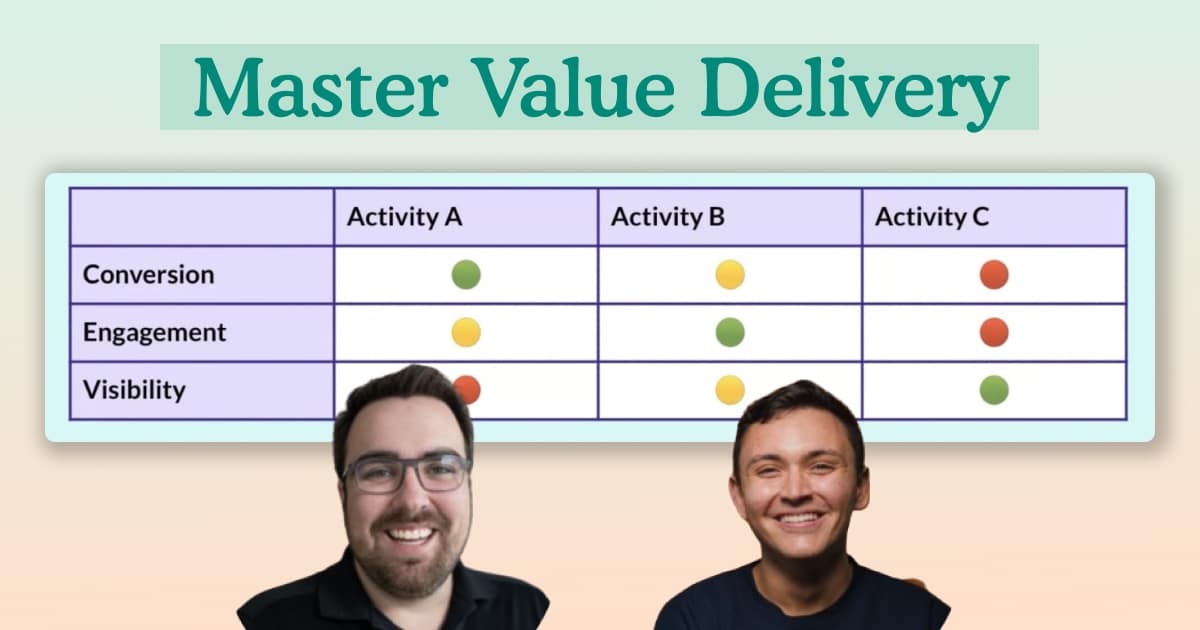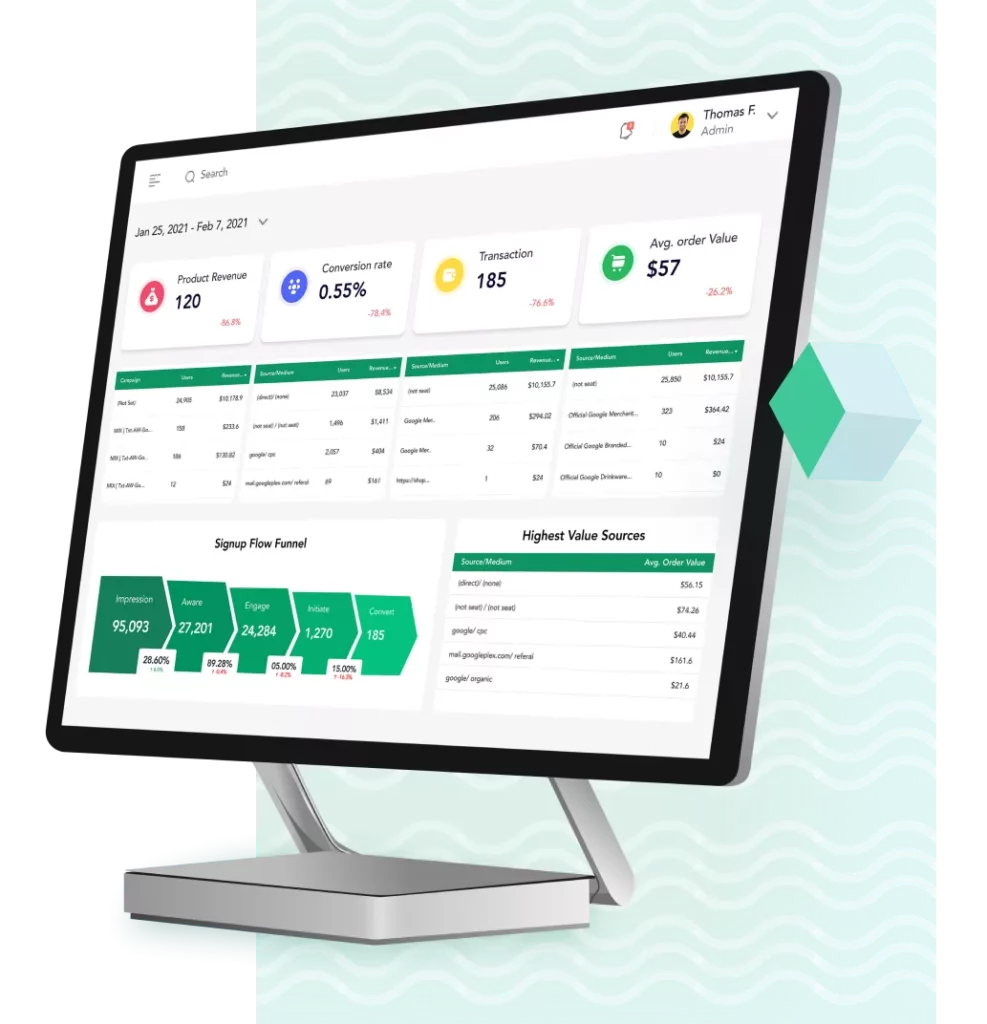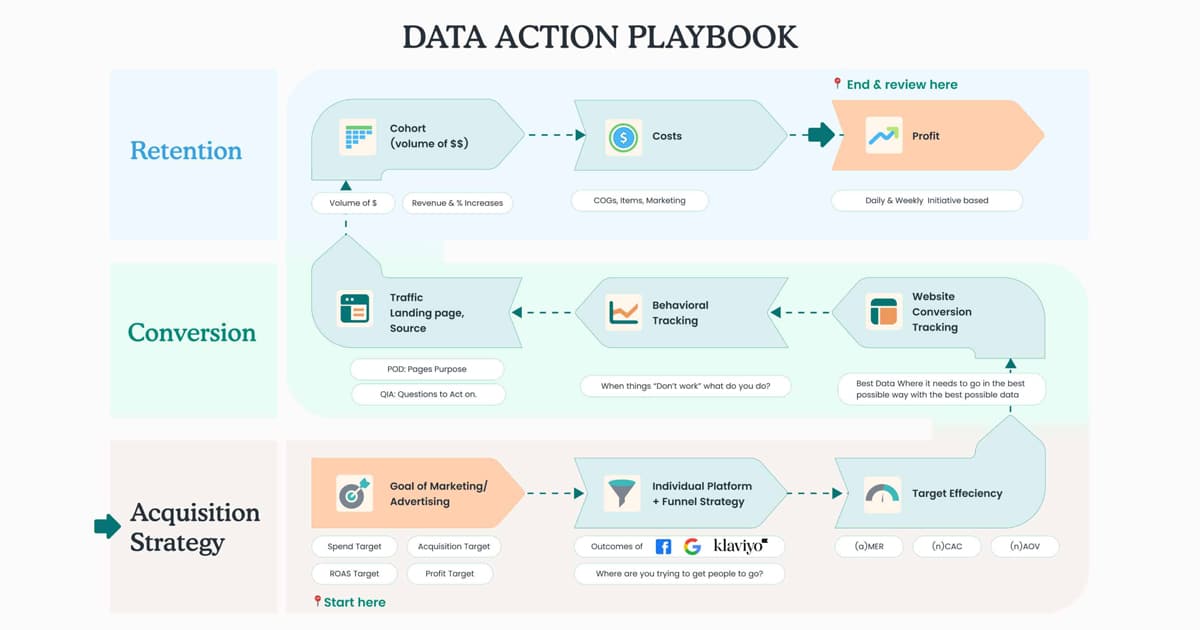Facebook Ads are a crucial marketing channel for many businesses today.
All that data can be overwhelming to harness effectively. By following a strategic framework and best practices, brands can get true value from their Facebook Ads investment.
This article provides a practical approach to managing Facebook Ads data using business intelligence tools like Looker Studio. It covers key strategies for understanding, analyzing and acting on this vital information source to drive better marketing decisions.
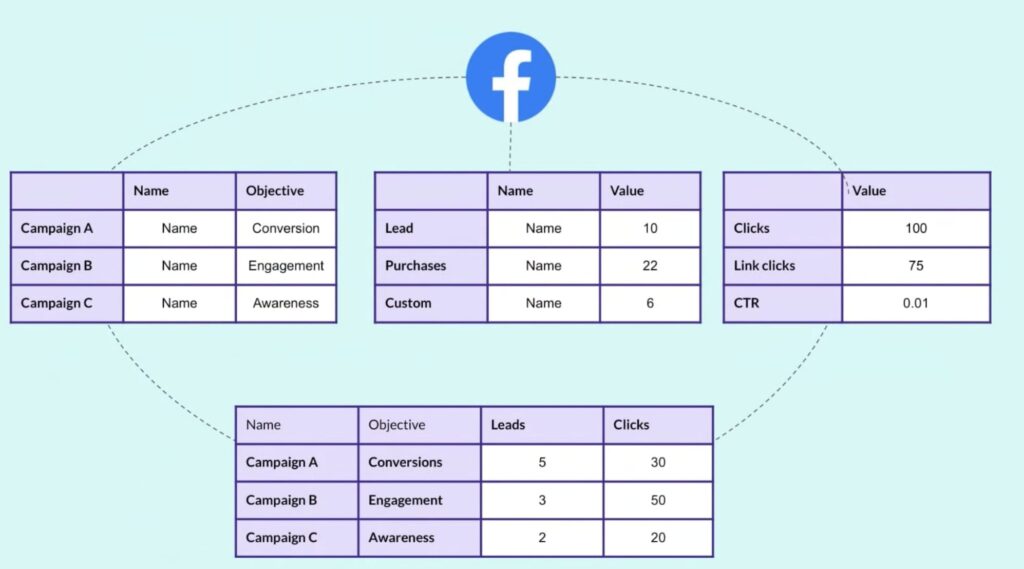
Connectors Are Your Data Pipeline
The first step is getting Facebook Ads data into your analysis toolkit. This is done through API integrations called connectors that pull data from Facebook’s platform into tools like Looker Studio, Google Sheets or BigQuery.
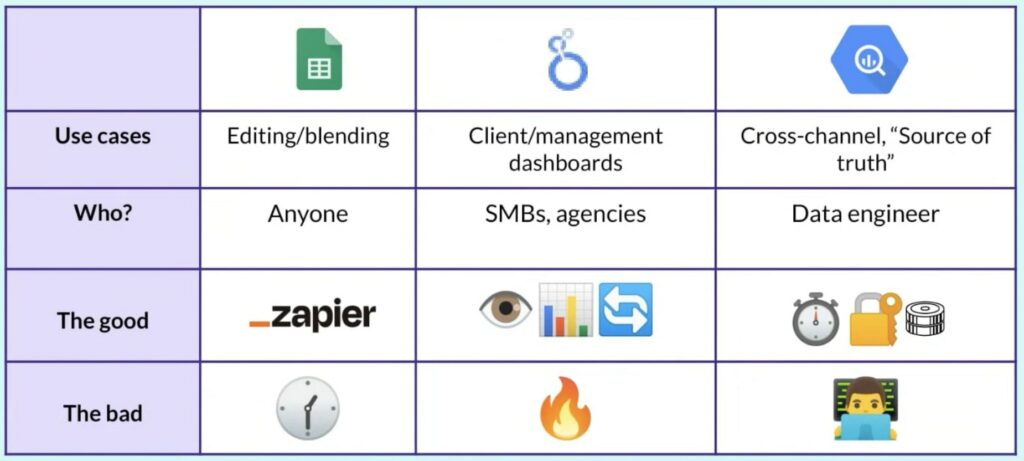
When evaluating connectors, ease of use, speed, flexibility, stability and pricing should be considered.
The goal is having a solid data foundation that normalizes and joins information from Facebook Ads and other marketing data sources. Paying attention to these key factors helps ensure the connector will meet your ongoing analysis needs.
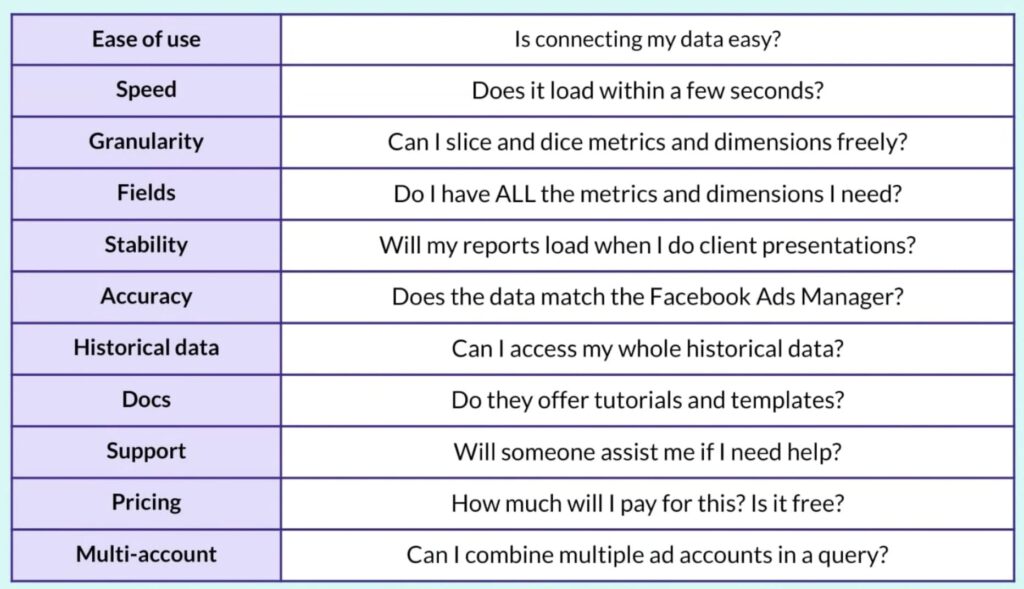
A Strategic Framework for Marketing Data
With data access in place, a framework is needed to interpret all the numbers. The volume of metrics and dimensions can be overwhelming without a plan. By following a structured approach, brands can cut through the complexity.
An effective framework includes these 5 steps:
Strategy – Understand your brand positioning and how your business creates, delivers and captures value. Know who your customers are.
Use Cases – Identify the key questions you want the marketing data to answer based on your business goals.
Metrics – Focus analysis on conversion, engagement and reach metrics that connect to desired outcomes.
Context – Add comparisons like performance vs goals, time period trends, and spend efficiency.
Segments – Break down data by dimensions like campaigns, products, and audience segments to spot trends.
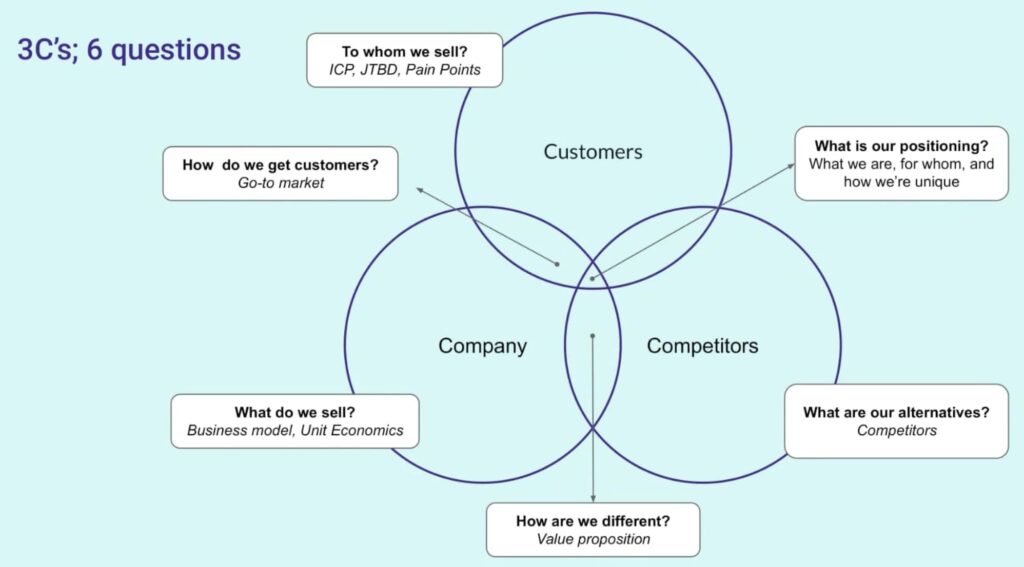
This strategic analysis process simplifies the most essential metrics based on your brand’s objectives. The result is marketing data that provides true insight.
Creating Reports People Will Actually Read
It’s common for stakeholders to ignore reports, even when the underlying data is solid. To improve engagement, consider scheduling meetings for reviewing reports, automating digests to inbox or Slack, and sharing data-driven successes.
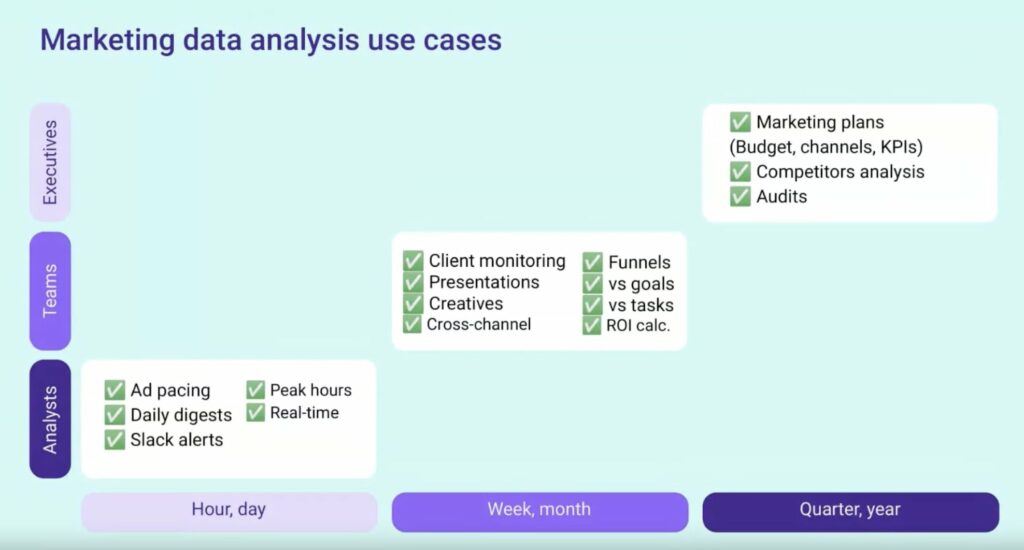
Analysis should be intentional, and transparent and focus on driving better decisions through practical insights. Complex technology is not the end goal. Establishing a data-driven culture leads to better adoption.
Use Cases Show the Possibilities
There are many valuable ways to apply this strategic framework beyond basic campaign reporting. For example:
- Compare SEO traffic changes to Google algorithm updates to guide content strategy.
- Calculate the “opportunity cost” ROI for social media impressions.
- Visualize drop-offs in the ecommerce conversion funnel by step.
- Monitor campaign performance across multiple advertising channels.
- Incorporate qualitative data like customer feedback to add context to metrics.
These examples demonstrate the versatility of the 5-step methodology. It can be tailored for diverse business questions by focusing on relevant metrics, comparisons and segments.
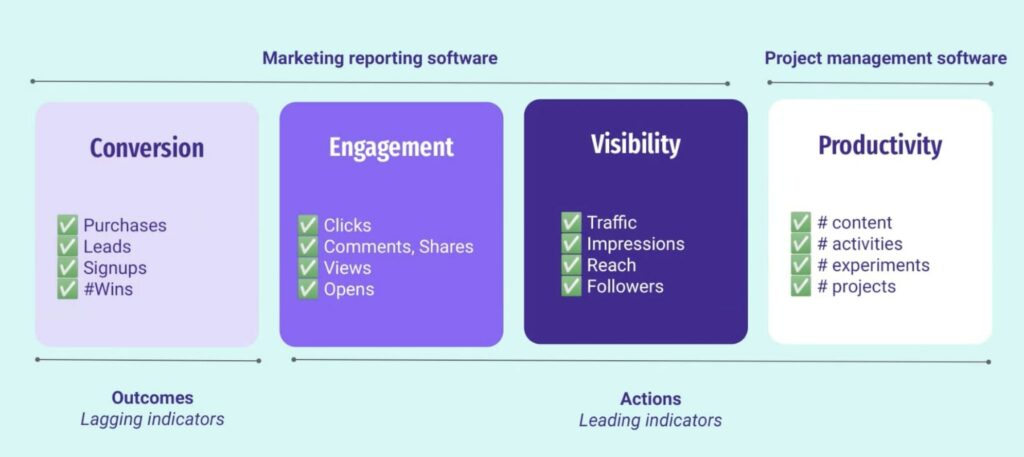
Attribution Remains a Thorny Issue
The complex topic of attribution modeling also arises with cross-channel marketing. Exercise caution before investing in advanced 3rd party attribution solutions, which require extensive data volume and resources to be useful.
For most brands, last-click attribution and UTM tagging consistency provides reasonably accurate modeling. Evaluate attribution models based on the intent and expected outcomes of your marketing activities, not merely technology limitations.
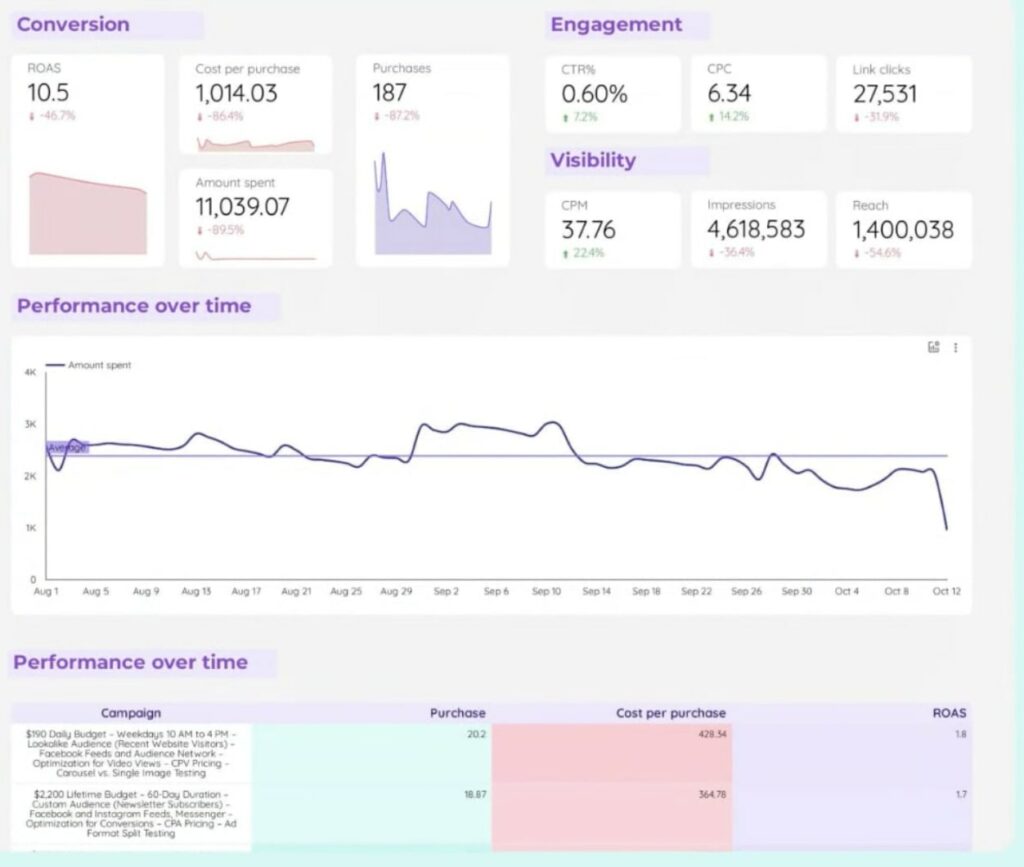
Getting Value from Facebook Ads Data
For today’s brands, Facebook Ads are often a crucial element of marketing success. But realizing value takes more than just access to data. By following a strategic framework, brands can determine which metrics truly connect to business goals. Keeping analysis focused on driving better decisions is critical.
With the right foundation of connectors, efficient processes, and stakeholder alignment, Facebook Ads data can provide profound insights. Tamed properly, it can move from overwhelming to an invaluable asset for optimizing your brand’s marketing performance.
